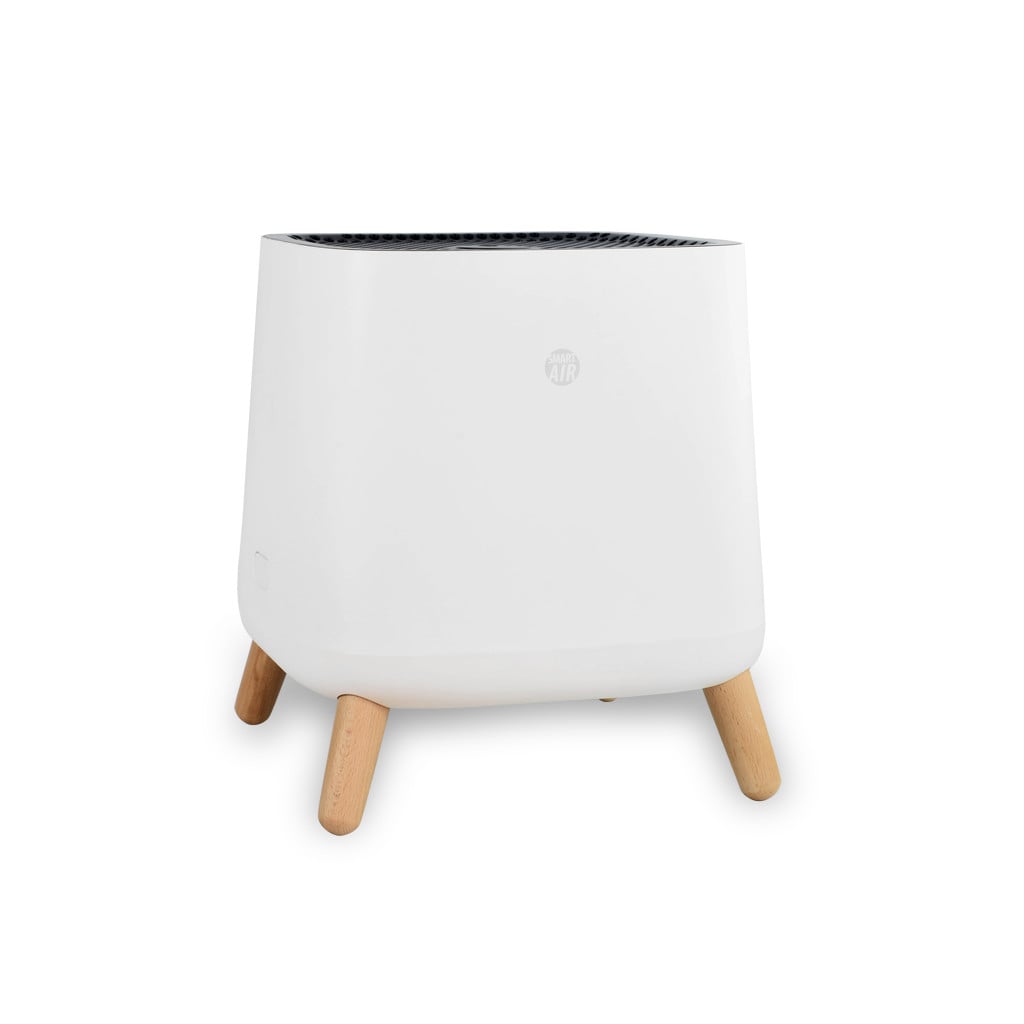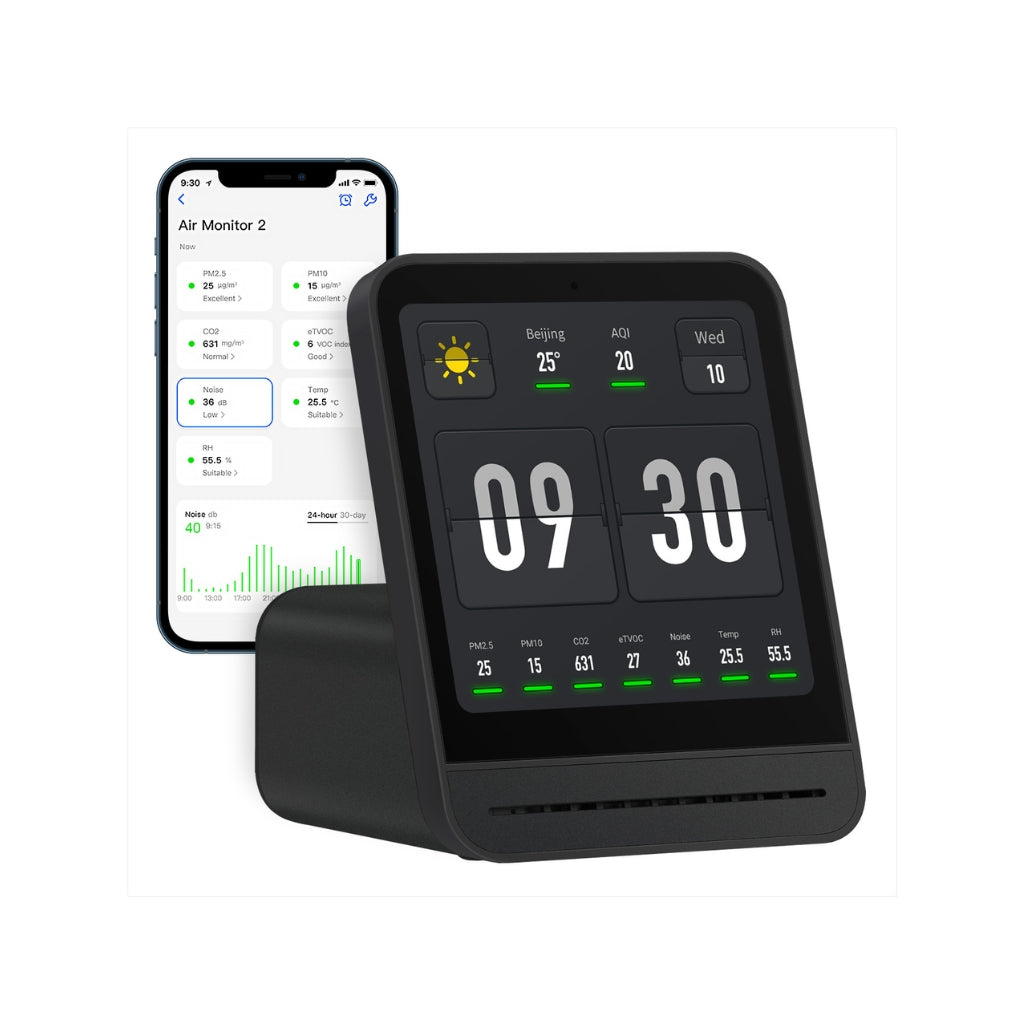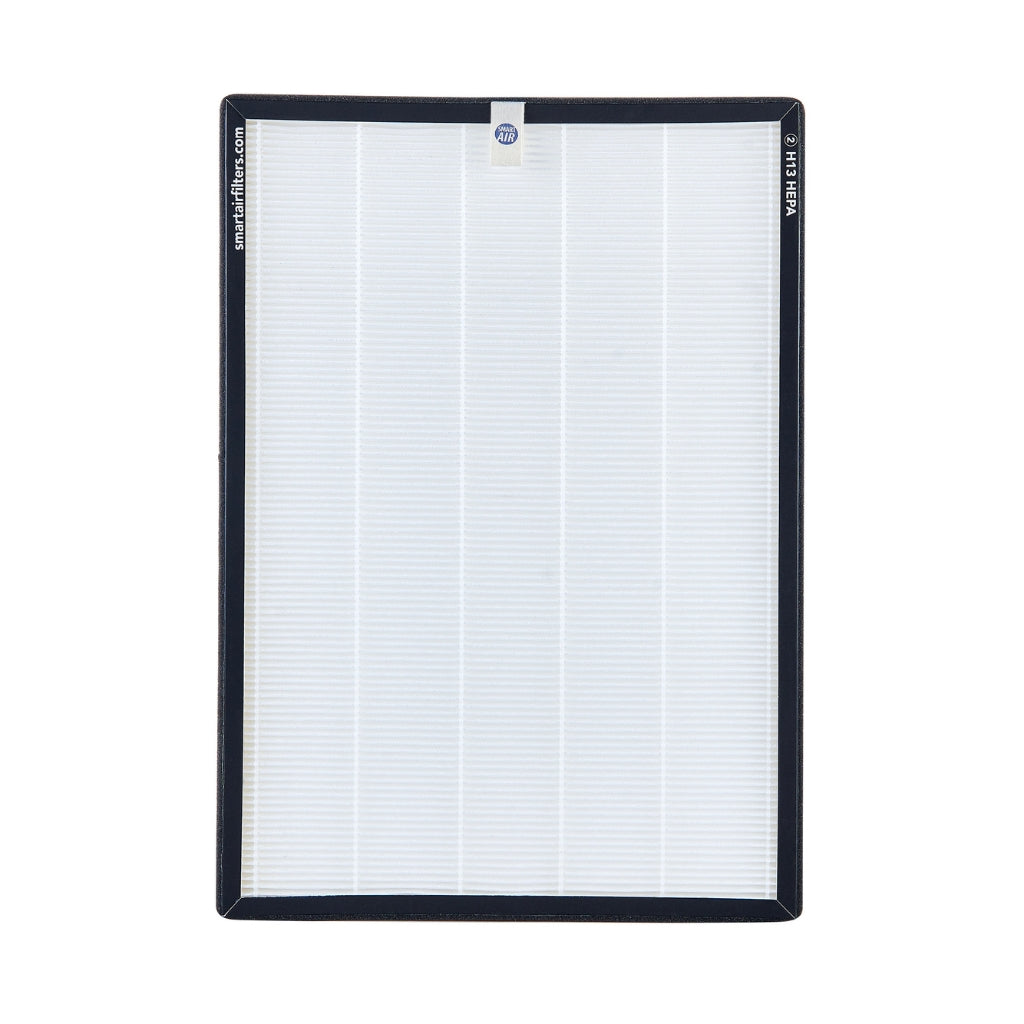Air Purifiers and Dust: What They Can Do (and What They Can’t)
on Nov 26 2025

Dust is one of those things every home has, and no air purifier can make it magically disappear. But a good purifier can make a noticeable difference - as long as expectations are realistic and you choose the right machine.
Here’s a clearer look at how dust actually works, and what an air purifier helps with.
1. Dust isn’t just one thing
Dust is a mix of all sorts of stuff: dead skin cells, fibres, soil, pollen and plenty more. Importantly, most of the dust you actually see tends to be the heavier bits. This is the kind that settle quickly on shelves, floors and TV stands.
Meanwhile, the smaller, lighter particles (the PM2.5 type) stay airborne longer. These are the ones commonly linked to allergies and respiratory issues, and they’re exactly what HEPA purifiers are designed to capture.

2. So… can an air purifier get rid of dust?
Yes - but only the dust that reaches it.
If dust is floating in the air long enough to be drawn into the purifier, it’ll be captured by the HEPA filter. That part works extremely well.
But visible dust that has already settled? That’s where expectations need to be realistic. Air purifiers don’t vacuum floors or wipe surfaces. The heavier particles simply don’t stay airborne long enough to make their way into the purifier before they fall.
You’ll still need to dust, but usually less often
Many people find that while a purifier won’t eliminate visible dust, it can slow down how quickly surfaces get dusty, especially if:
-
It runs continuously
-
You run it on a higher speed when cleaning or vacuuming (which kicks particles into the air)
-
The purifier has a high CADR (Clean Air Delivery Rate)
A higher CADR simply means the purifier moves more air through the filter each minute, so it has a better chance of catching particles before they settle.
3. What about ionisers and “negative ions”?

You’ll see many purifiers advertise ionisers or “negative ion” features. While they can make particles clump together, this often leads to more dust settling on surfaces, not less. They don’t actually remove the dust from your home, they just make it fall out of the air faster.
They also don’t replace a proper HEPA filter, which is what actually captures particles. For most people, especially those dealing with allergies or wanting less dust in the air, a HEPA-based purifier (without ionisers) is the better choice. It cleans the air without creating extra surface dust or producing ozone.
4. HEPA filters catch the fine stuff extremely well
The main win with a purifier isn’t reducing visible dust - it’s reducing the fine, invisible particles that you breathe in. These are the ones that can cause irritation, asthma symptoms and allergies.
If fine dust is the issue (particularly PM2.5), you’ll get a very noticeable difference with a properly sized purifier.

5. What about “dusty rooms” or homes that get dusty very fast?
A purifier can help, but it won't fix the root cause. Common sources include:
- Open windows on windy days
- Construction or farm activity nearby
- Indoor renovations
- Leaks in older homes
- Dust blown from heat pumps or ventilation systems
- Carpet shedding
A purifier improves what’s airborne, but it can’t stop dust being created or stirred up.
6. The bottom line
A good HEPA air purifier won’t eliminate dust, and it’s better to be upfront about that. What it will do is:
- Capture fine particles extremely effectively
- Reduce how much dust stays airborne
- Slow down how quickly surfaces get dusty (in most cases)
- Significantly improve overall air quality
If you’re choosing a purifier specifically for dust, the most important spec to look at is CADR. A higher CADR means more airflow, and more airflow means more chances to catch those particles before they settle.
And of course, if dust is bothering you, a quick vacuuming session right before switching the purifier to a higher speed can help it grab more of the stuff that gets kicked into the air.
Ready to find the right high-CADR purifier for your space? View High-CADR Air Purifiers

Share



































